Click on images to enlarge
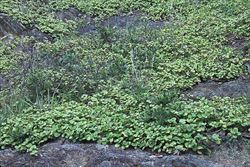
large infestation (Photo: Jackie Miles and Max Campbell)
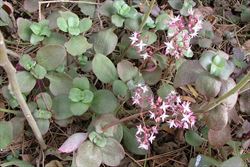
habit (Photo: Sheldon Navie)
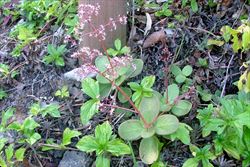
habit (Photo: Sheldon Navie)
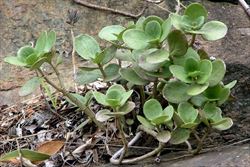
stems and leaves (Photo: Sheldon Navie)
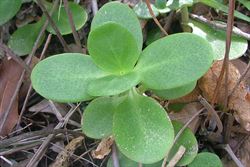
close-up of leaves (Photo: Sheldon Navie)
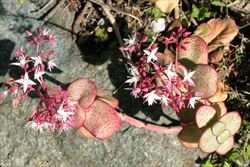
flower clusters (Photo: Greg Jordan)
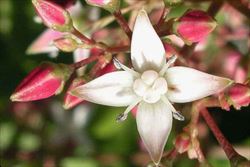
close-up of flower (Photo: Greg Jordan)
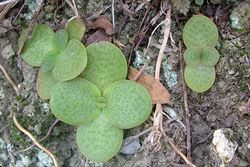
close-up of seedlings (Photo: Sheldon Navie)
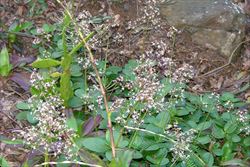
small infestation in St. Lucia in Brisbane (Photo: Sheldon Navie)

habit growing in Burleigh Head National Park (Photo: Sheldon Navie)
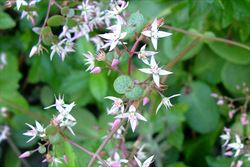
flowers and plantlets developing on the flowering branches (Photo: Sheldon Navie)
Scientific Name
Crassula multicava Lem. subsp. multicava
Synonyms
Crassula multicava Lem.
Family
Crassulaceae
Common Names
Cape Province pygmyweed, crassula, fairy crassula, pitted crassula, shade crassula
Origin
Native to southern Africa (i.e. South Africa).
Naturalised Distribution
Naturalised in the coastal districts of central New South Wales, in southern Victoria and in south-eastern South Australia. Possibly also naturalised in Tasmania, south-eastern Queensland, south-western Western Australia, and on Norfolk Island.
Notes
Shade crassula (Crassula multicava subsp. multicava) is regarded as an environmental weed in Victoria and as a potential environmental weed or "sleeper weed" in several other states.
In Victoria, this species is considered to be a potential threat to one or more vegetation formations. Populations are spreading into dry eucalypt forests and other woodlands, dry coastal vegetation and rocky outcrop vegetation.
Shade crassula (Crassula multicava subsp. multicava) has also been reported to be spreading into peppermint woodland at Two Peoples Bay in south-western Western Australia. In the central coast region of New South Wales, shade crassula (Crassula multicava subsp. multicava) is naturalised on disturbed bushland margins and on the edges of littoral rainforest. It has also been reported from littoral rainforest in Burleigh Heads National Park, on the Gold Coast, in south-eastern Queensland.

